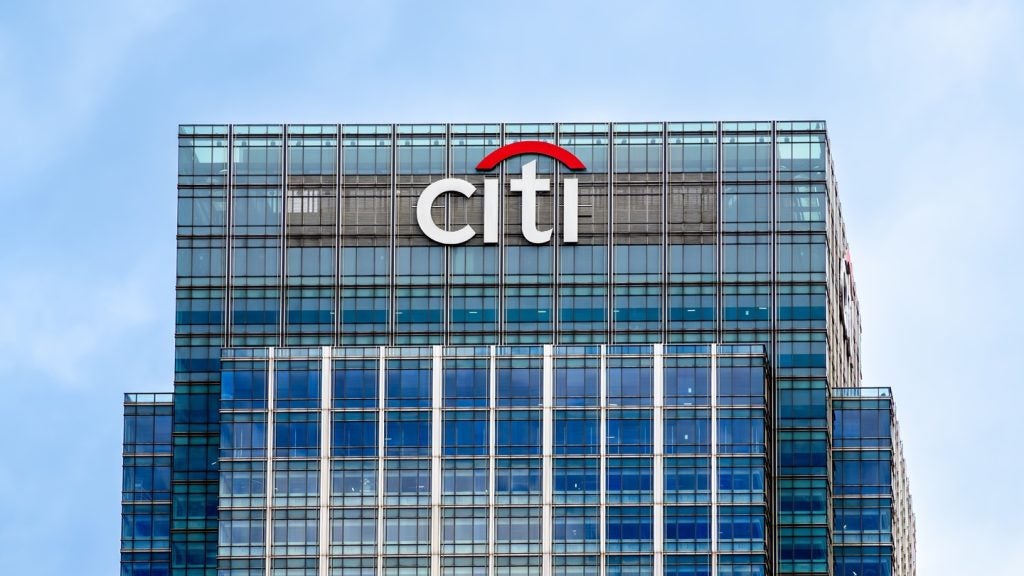In today’s fragmented and increasingly digital financial landscape, trust remains the cornerstone of sustainable retail banking. While the UK has seen significant advances in open banking, digital identity frameworks, and the rise of FinTech, a quieter transformation is underway—one that focuses less on disruption and more on human dignity, community relevance, and economic resilience. That transformation is being led by the cooperative banking movement.
Institutions such as mutuals, credit unions, and community-owned finance organisations are not relics of the past. In fact, they are proving to be among the most trusted and enduring actors in the UK’s retail banking system. These institutions serve not only as access points for fair finance, but also as symbols of local stewardship, democratic ownership, and long-term inclusion.
Why cooperatives matter now
As mainstream financial institutions navigate rapid digitisation, ESG demands, and mounting scrutiny on fairness and fees, cooperatives stand out for what they don’t do: they don’t exist to maximise shareholder value at all costs. Instead, they are governed by their members, reinvest surpluses into local outcomes, and often work in deeply personal, place-based ways that cannot be replicated by app-only banks or high-street giants.
This is especially important in underserved communities—rural areas, coastal towns, urban peripheries—where trust in institutions has eroded and financial exclusion persists despite digital advances. For these areas, cooperatives are often the first and only line of financial access. Their decisions are shaped not by algorithmic credit scores alone, but by lived relationships and local knowledge.
Recent data from financial inclusion audits across the UK shows that households facing credit stress are more likely to approach cooperatives than commercial lenders. Why? Because these organisations explain, educate, and empathise. They are less likely to trap customers in revolving debt cycles, and more likely to design flexible repayment solutions that preserve dignity.
Rethinking trust infrastructure
If the 2008 financial crisis shattered institutional trust, and if the rise of digital-only models strained human connection, cooperatives have emerged as quiet builders of a new trust infrastructure—one that is not based on marketing campaigns or brand sentiment, but on governance, proximity, and accountability.

US Tariffs are shifting - will you react or anticipate?
Don’t let policy changes catch you off guard. Stay proactive with real-time data and expert analysis.
By GlobalDataTrust, in this context, is not abstract. It is measurable in retention rates, word-of-mouth referrals, repayment behaviour, and social impact indicators. Cooperatives excel precisely because their model is trust-intensive by design. From general meetings to participatory decisions, from transparent dividend policies to community reinvestment, their value proposition is inherently ethical and relational.
As the UK explores digital pound pilots, open finance frameworks, and embedded credit services, policymakers must pause to ask: what happens when digitisation outpaces trust? Cooperatives provide a critical answer. They remind us that technology must enhance human confidence—not replace it.
Scaling with purpose
One of the misconceptions about cooperatives is that they cannot scale. In truth, they can—but not by mimicking venture-backed fintechs. Their model is not built for exponential growth, but for deep-rooted relevance. And that kind of relevance can and must scale—especially in a national context where financial precarity is rising.
For cooperatives to double or triple their impact over the next decade, they will need infrastructure support: from cloud-based core banking systems to interoperable payment tools, from onboarding automation to secure identity verification. But these upgrades must not come at the expense of their identity.
Technology in cooperatives should serve three principles: inclusiveness, simplicity, and integrity. Tools must be mobile-first but not mobile-only. Digital services must be understandable to those with limited financial literacy. And most importantly, platforms must avoid recreating exclusionary mechanisms in new digital wrappers.
Moreover, cooperatives must collaborate to scale. Shared service centres, federated technology hubs, and peer benchmarking platforms can help small institutions achieve scale without sacrificing their missions. These models exist in Canada, Germany, and the Netherlands—where cooperative banks account for significant market share without centralisation.
Cooperatives and ESG delivery
There is a unique alignment between the cooperative ethos and the ESG (Environmental, Social, and Governance) agenda. While much of the financial sector is still figuring out how to authentically integrate ESG principles, cooperatives have been practicing social and governance responsibility for decades.
Their lending practices often prioritise local entrepreneurs, green energy initiatives, and vulnerable groups. Their governance structures are inherently inclusive and transparent. Their social metrics—whether measured in terms of financial education, hardship support, or ethical product design—are often more genuine than those reported in glossy ESG reports from commercial firms.
The UK government and regulators can further encourage this alignment by creating dedicated ESG-linked funding pools accessible to cooperatives, or by simplifying regulatory navigation for institutions that embed public good into their operating models. With the right incentives and digital tools, cooperatives can play a national role in delivering ESG outcomes from the bottom up.
Designing for financial inclusion in practice
Inclusion in finance is not just about opening an account—it is about staying engaged with the financial system in a way that is safe, fair, and supportive. Cooperatives have long understood this. Their member-first approach often includes embedded financial literacy programmes, debt counselling, savings nudges, and relationship-based credit underwriting.
This is especially powerful in the current macroeconomic climate. With interest rates fluctuating, energy costs rising, and economic volatility affecting household resilience, there is an urgent need for institutions that take a long-term view of financial wellbeing. Cooperatives offer precisely that. They are patient capital providers, not predatory lenders.
Policy frameworks should reflect this by supporting hybrid models: physical branches or service desks embedded within local institutions (libraries, councils, schools), supported by robust digital infrastructure. Financial inclusion is most sustainable when it is omnichannel, culturally relevant, and designed with empathy.
A national opportunity
The UK is at a crossroads. It can pursue a hyper-centralised, digital-only banking future that risks further marginalisation of vulnerable groups—or it can invest in plural models of finance where cooperatives play a central role. The second path is not only more resilient—it is also more democratic.
In a time where citizens are demanding more transparency, more fairness, and more meaningful participation in economic systems, the cooperative model holds deep promise. It redefines what “value” means in banking—not just shareholder value, but societal value.
This opportunity will require courage. Regulators must be willing to revisit thresholds and proportionality frameworks. Funders must be willing to support community infrastructure, not just app-based innovation. And society must be willing to value slower, deeper models of banking that may not trend on tech charts—but deliver real outcomes for real people.
Conclusion: Scaling trust, not just growth
Cooperatives do not need to dominate market share to shape the future of banking. They need only to remain true to their roots—and supported by modern tools and public frameworks. If scaled wisely, their impact can be felt across affordability, inclusion, resilience, and trust.
The UK banking sector needs more than innovation. It needs intention. And cooperatives, with their human-first blueprint, may well be the most future-ready model we already have.









